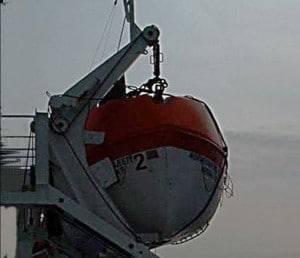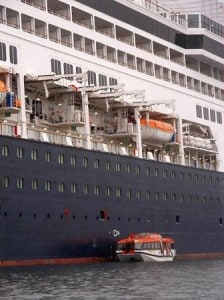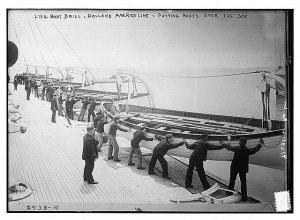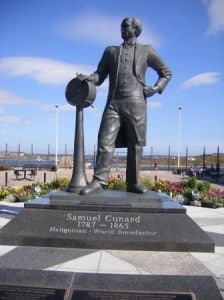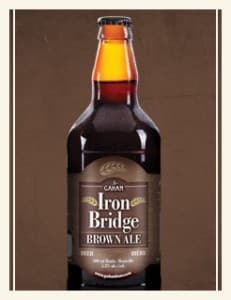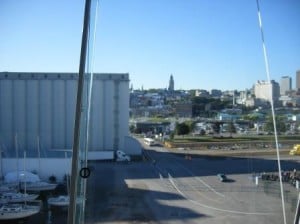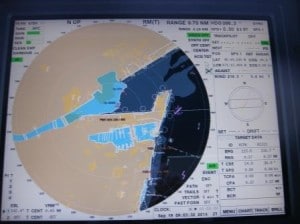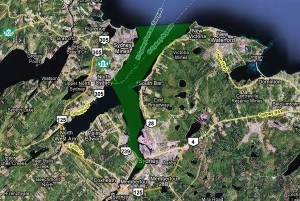Again a wonderful day in Quebec. For most guests it was change over day, I believe that only a handful are doing a back – to – back and those are lucky. Having a hotel parked in the center of the City with such nice weather, what else can you ask for?
The city itself saw it the same way and all day long there was a never ending stream of Quebecois walking past the ship. The ship is shielded from the rest of the town by a Gate but it is close enough to have everybody wandering by and having a good look at the ship. To not endanger this boulevard experience, the Guest terminal is set further inland and Guests walk through a Sky-Bridge over this public right of way to the ship when coming and going. In this way the security gurus are satisfied and their checklists filled out to general approval and the locals can still enjoy the water front.
It was however interesting to see how it went with the luggage. The luggage is loaded in the terminal in bins and then transported by a forklift to the ship. There is a moment of a tense security situation every time when a forklift has to cross the foot and bike path. In order to stay within ISPS (International Ship and Port Security) requirements two security guards were in attendance to stop the traffic by means of two ropes which block off the traffic, and thus create a pathway for the forklift to safely drive through. It seemed that this was advanced Security in progress as a more senior security guard was providing training on how to handle the ropes. I had a hard time understanding this but he managed to get it wrong one time and a bike was stuck between the two ropes right in the way of the oncoming forklift. I was phoning my wife at the time from the outside deck and could give a running commentary all the way to England.
With a combined bike and foot path, there are other dangers. Roller skaters, tandem bikes, extended bikes (the ones you can hook up your child to the back part to teach them how to bike) and motorized wheel chairs. It did not take long before a pedestrian had to jump aside for a bike who was evading a rollerblader. A mobility scooter then had to break for the pedestrian and behind there was another scooter and yes we had a bump. Nothing serious , no damage, no injuries, but two upset seniors providing entertainment free of charge. A pity that there was nobody on the ship to watch all this as well. I could not stay very long as I as had to move cabins. The office blocks cabins for people like me but the one assigned had such a small desk that I did not even have room for my two laptops. Thus I had arranged for an empty Guest cabin last week. However they get sold and thus I had to move. It seems there was a no-show today so another cabin was available.
Training today included the people from Club HAL our Youth Program Coordinators. In our safety procedures children take up a special position. They create more panic among the guests than anything else. So our procedures are geared towards:
- Keeping the parents calm when little Johnny is missing. — Yes, we have a search protocol.
- Avoid that Parents start looking themselves. —- No, you will never find him.
- Ensure that when little Johnny is found, that he remains under the control of a crewmember until he can be re-united with his parents or legal guardian.
As the Club HAL team is of course the ”prime target” when a child is missing; we spend time on how to deal with that. The children themselves are not a “panic” issue. They tend to view everything as one big adventure. They only get apprehensive, emotional and start to cry when they sense vibes of Fear or Anxiousness coming from surrounding adults.
Today we had the Silver Whisper in port with us and we were docked stern to stern. She will sail at 1800 hrs. and then be replaced tomorrow morning by the Crystal Serenity. There is also a Celebrity ship expected which will go to the side dock but I have not found her name yet.

